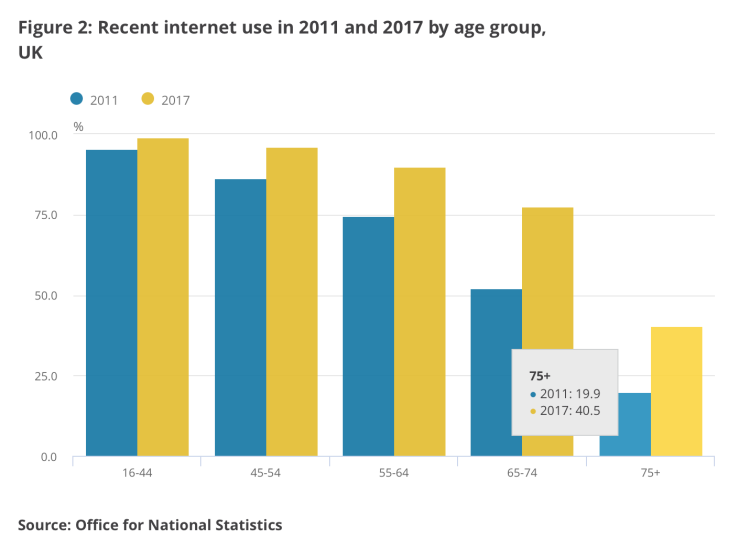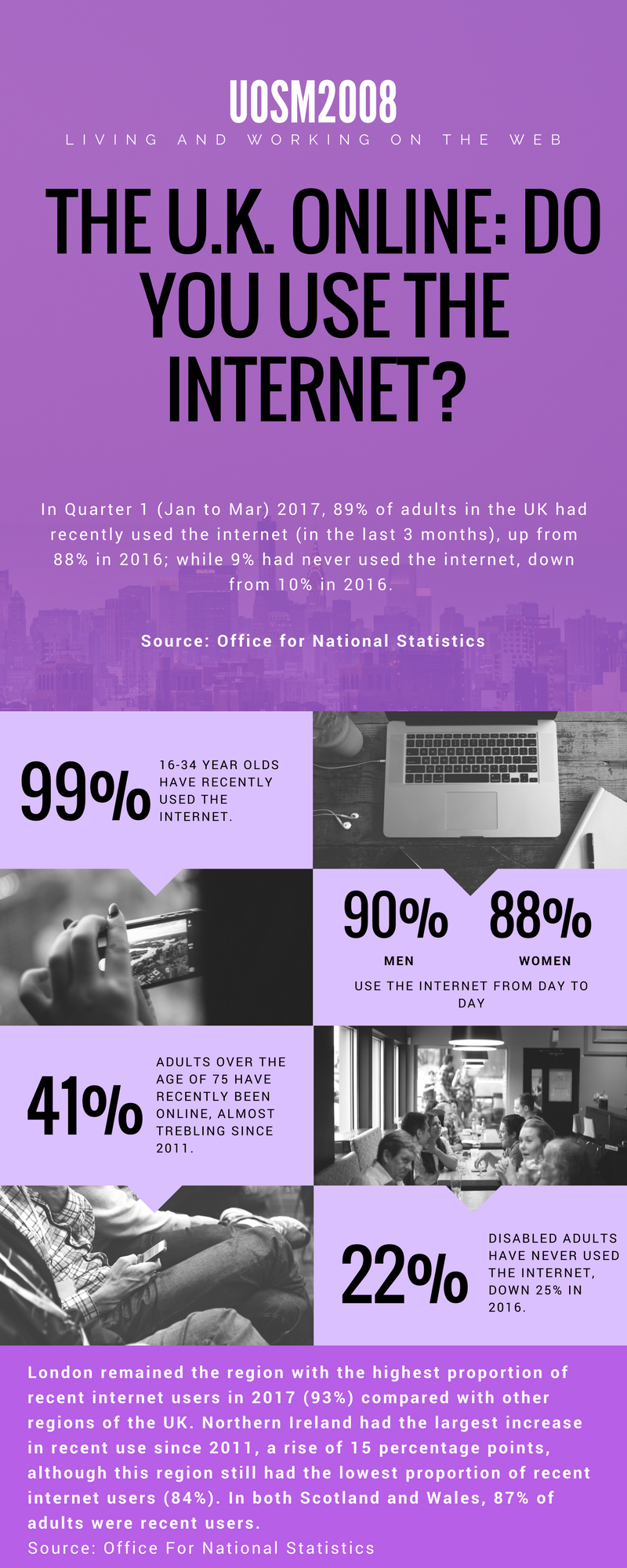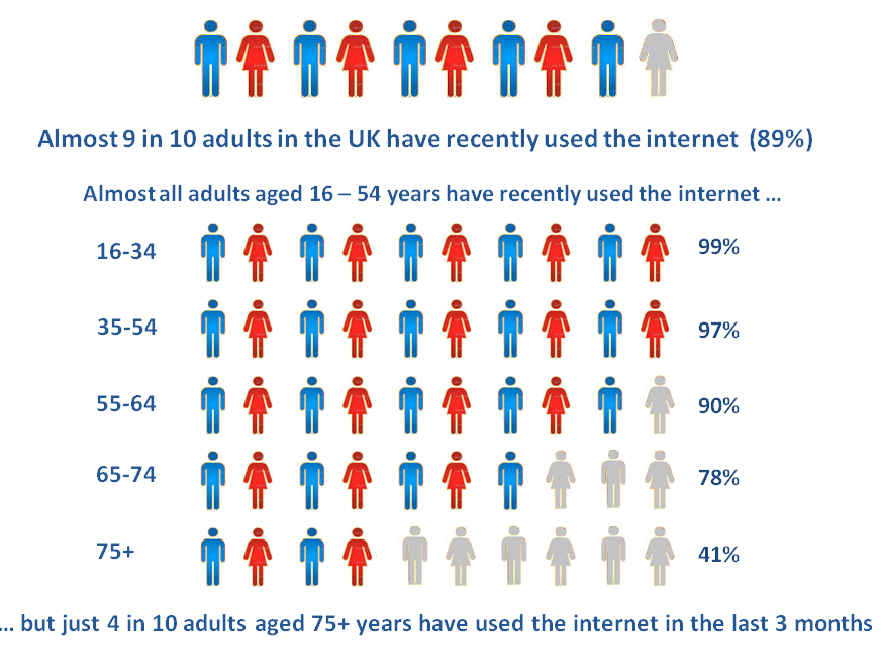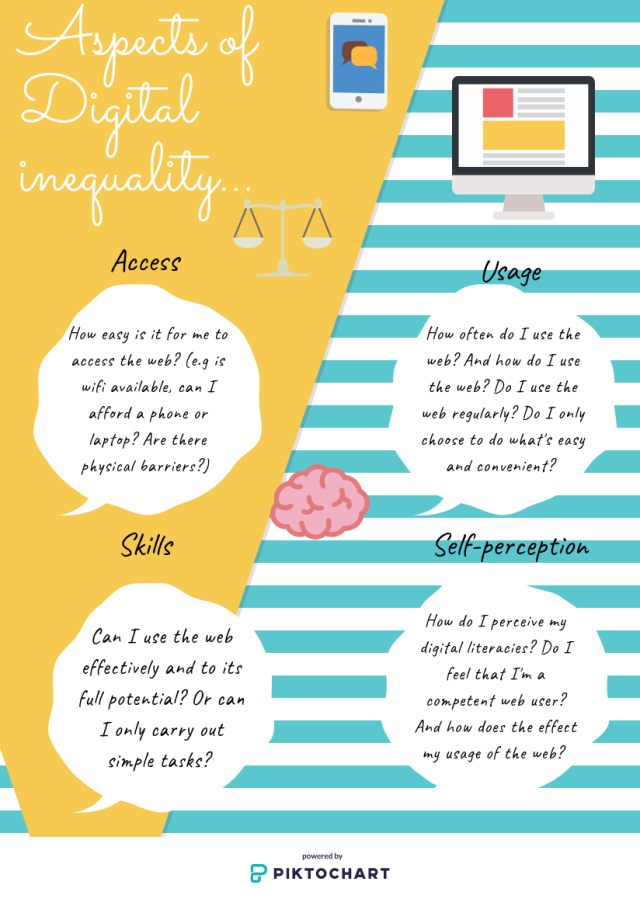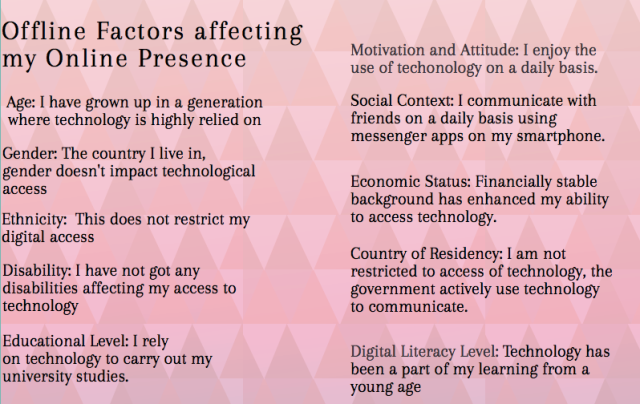
A modern form of inequality: Digital Differences
Many assume that internet users a single homogeneous group but there are digital differences, which refers to the stratification between different groups in society and how they may be disadvantaged in their use of the Internet based on their social characteristics. It may also be referred to as the ‘Digital Divide’ (Morrisett).
Figure 1. A video I created illustrating a few of the digital differences in society.
Continue reading →



